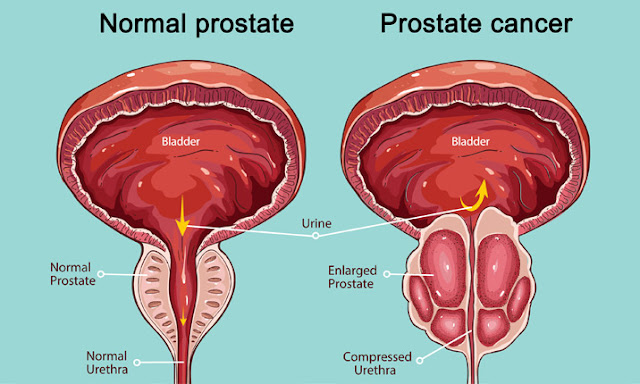Myths and Facts About HIV and AIDS
1. HIV may spread through kissing or touching
HIV doesn’t spread via physical touch. It includes hugging, kissing, holding hands, cuddling, etc. HIV spreads in case of contact with certain types of bodily fluids, and it also exists in saliva-like fluids, but these are not enough to transmit to others through kissing.
2. HIV disease leads to death
Earlier HIV indicated a short lifespan some decades ago; however, this is no longer the scenario. It is a viral infection that is presently incurable, but with proper treatment and early diagnosis, it can be cured. Modern HIV diagnosis and treatment like dolutegravir lamivudine tenofovir help people live a long life and protect people against transmission of this infection.
3. HIV leads to compulsory AIDS
The chronic final stage of HIV infection is known to be AIDS, which causes when the HIV infection is not treated properly. Patients who have HIV need not necessarily contract AIDS if they are effectively treated.
4. The symptoms of HIV are quite obvious
HIV symptoms are not obvious, and people may not be aware of it in the first instance itself. The symptoms appear slowly, and there are three stages of HIV infection. The first stage symptoms include fatigue and fever, which may appear like flu. The next stage lacks any symptoms and lasts for several years. The third stage is AIDS, which shows compromised immune system symptoms. So always get tested for HIV if you had unprotected sexual intercourse.
5. Patients infected with HIV can’t give birth to children
People who are HIV positive can have their own children. Still, there is a risk of passing HIV to their children unless they get treatment during their pregnancy with effective antiretroviral medication, don’t breastfeed their child, or give birth to the child by C section. Parents may avoid transmitting this infection to their children with proper HIV prevention knowledge and medicines like viropil to let their children lead a healthy life. viropil tablet uses are wide and far in the treatment of HIV.
6. Couples don’t need protection if they have HIV
Couples who are HIV positive should protect themselves and get effective treatment. Because both of them have a chance of getting infected with different kinds of HIV that can affect each other and may cause reinfection.
7. People involved in heterosexual relation don’t get HIV infection.
Any partner involved in sexual relations may contract HIV since the HIV spreads via sexual fluid within the body’s membranes. There is a risk of transmitting the infection to other partners irrespective of the type of intercourse or sexual relationship you are engaged in. It is an extremely dangerous myth that leads you profiling or stereotyping.
8. Birth control helps in protecting against HIV
Contraception doesn’t protect against HIV. One kind of birth control will only provide security against the risk of HIV – the contraceptive, which makes a physical barrier and helps block fluids from entering the partner's body parts.
9. It is very late to get screened or tested for HIV.
It is never too much late to get screened or tested for HIV. STD regular testing and HIV test are done for a person who has participated in non-monogamous sexual intercourse.
10. HIV can’t be prevented
Pre-exposure prophylaxis, also known as PrEP, helps lower the risk of getting HIV infected. Medications like viropil tablets are also 100% trustworthy and effective, like birth control. You should only take this as per your provider’s instruction, trained in prescribing viropil emcure.


Comments
Post a Comment